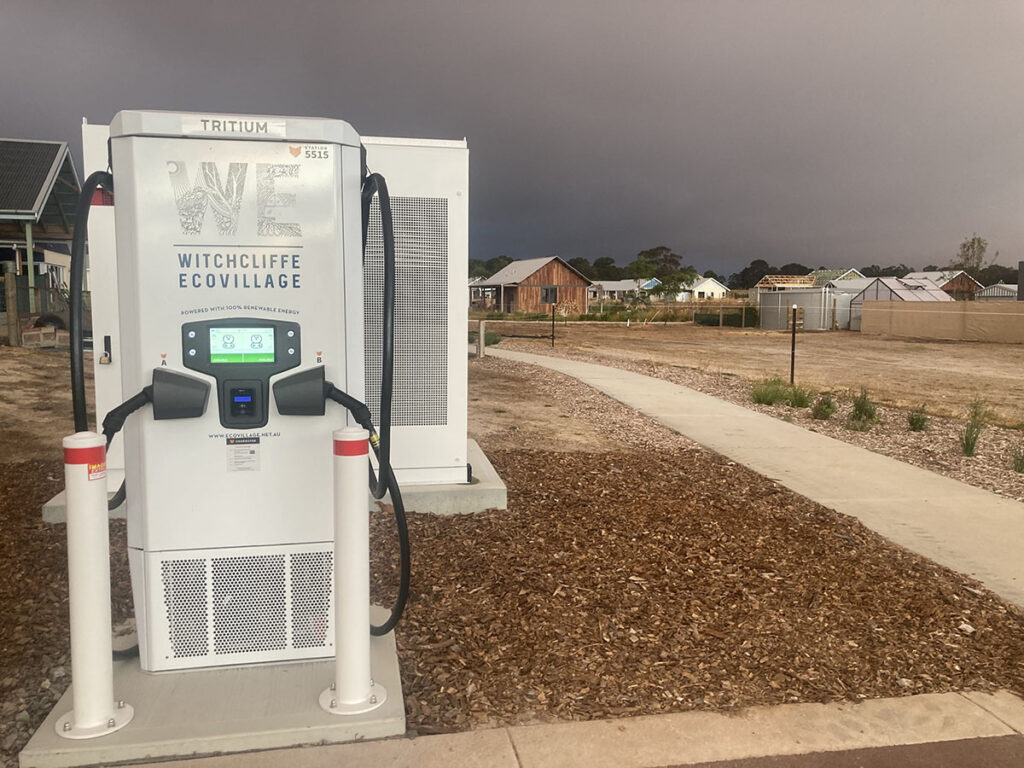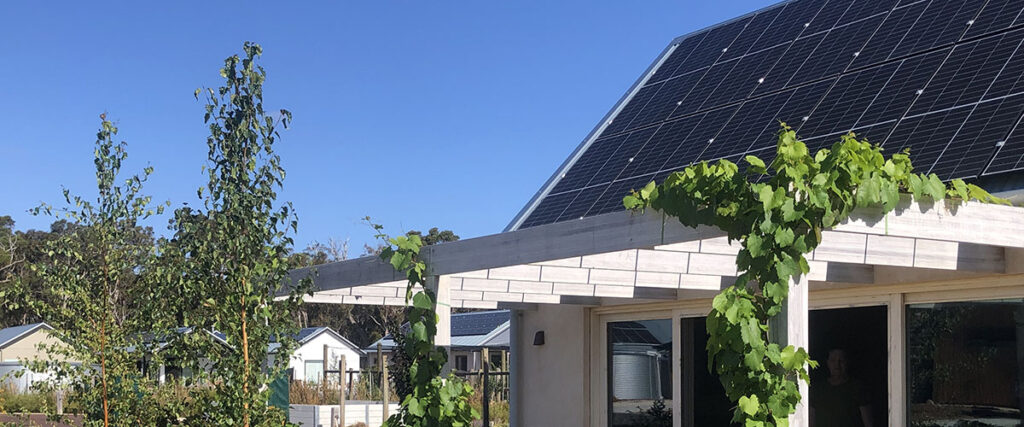We were thrilled to finally receive approval to turn on all of the solar systems in Stage 1 last month.
During the summer of 20-21, Western Power experienced a couple of large grid burnout events due to the amount of solar installed in some of Perth’s suburbs. Western Power’s response to this was to introduce new policies to limit export to 5kW on all new residential solar systems under 5kW and to 1.5kW on systems greater than 5kW on residential and commercial solar systems. This included commercial scale micro-grid connections, like ours, even though the infrastructure to support our commercial scale solar systems had already been approved and installed. As such, we then had to wait to receive confirmation of what our export limits would be before we worked out how we would curtail solar energy export to the grid.
It took until November 2021 for our export limits to be confirmed, which we then appealed to Western Power to increase as they were so small. Western Power then met us halfway with an export limit of 100kW on each cluster, which will equate to an annual export average of 500kWh/day/cluster. This took many more months to confirm. The reason we achieved this is because we had already installed expensive infrastructure and had an off-take agreement with a licensed electricity retailer to purchase our excess renewable energy, until we are ultimately able to consume the majority of the excess energy via our large 75kW EV chargers in each cluster.
It then took another year of work and applications to determine everything we would have to do to ensure we could guarantee no more than 100kW of renewable energy would be exported during solar hours, and then many more months to get these plans approved.
While it was a very frustrating and exhausting process, we recognise the need for Western Power to be able to manage large solar export loads into the grid, officially known as the South West Interconnected System (SWIS). We also recognise that we are pioneering large renewable energy systems in residential communities, which they haven’t ever had to deal with before on strata micro-grids. However, the whole process cost us hundreds of man hours and over half a million dollars, which was never budgeted for.
The changes we have now made to our site main switchboards (SMSB’s) and household inverter controls in Stage 1 (Stages 2 and 3 about to be upgraded now that Stage 1 is approved), have set our clusters up very nicely to take advantage of future income producing Distributed Energy Resource (DER) opportunities. DERs enable Western Power to utilise a portion of each cluster’s battery during peak demand periods in summer. This has the potential to provide significant income to each cluster, every year. These peak events aren’t an issue for our community as our homes don’t need air-conditioning in summer due to excellent insulation, eave / verandah protection of windows from summer sun, and cross ventilation.

Now that all the solar systems have been turned on in Stage 1, Tesla have recently commissioned the large 232kWh Powerpack batteries in each of these clusters, and our electrical engineer, Jey Shivakumar of Cossill & Webley Engineers and our electrical contractor, Integrated Electrical, have completed the Power Quality Assessments of the Powerpacks. We are now awaiting Western Power’s approval of the PQA results and confirmation that we can turn the batteries on We’re not expecting any issues here as the PQA assessments confirmed very stable harmonics when the batteries were turned on for the assessment. The Stage 1 clusters are also ready to turn their large 75kW EV chargers on as well.
I’m also very pleased with how comfortable and efficient our Ecovillage homes are, and how little energy they are using. Our Groupies are averaging 6.4kWh/day, Cottage homes 8.0kHh/day and our Family homes 11.3kWh/day. These rates are even better when you realise that most homes are occupied during the day with many residents working from home, home-schooling kids, or semi / fully retired people pottering around between hobbies and household / community gardens. Not bad considering the Perth average is around 20kWh/day. These consumption figures are consistent with what we were expecting, and also confirm that our batteries will easily meet our energy demands outside of solar hours. If fact, we will only use around 50% of our batteries each night. The largest household energy consumption is generally from heating water. Residents who have used our recommended Reclaim Heat Pumps will see they are doing an amazing job as they are both incredibly efficient (2.1kWh/300L of hot water) and can be programmed to run off excess household solar production during the middle of the day.
So, after all of this time, we are super excited to see our Stage 1 pioneers become 100% self-sufficient in renewable energy, while also offering excess solar energy to EV-driving tourists at competitive rates. In time, this income will enable the clusters to depreciate their renewable energy infrastructure, as opposed to using strata levies. This will be such an important model for Australia, and indeed, a world first.

